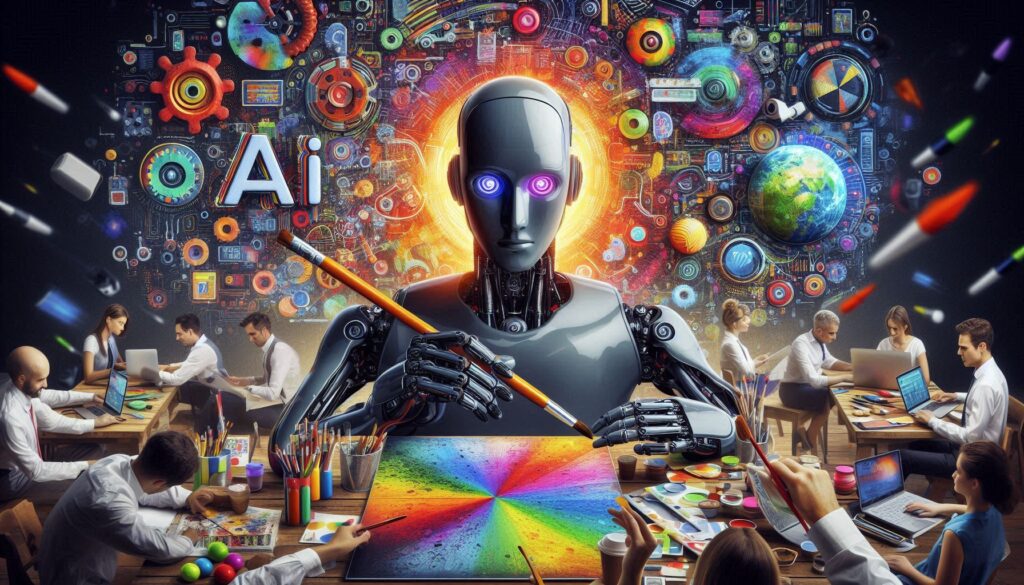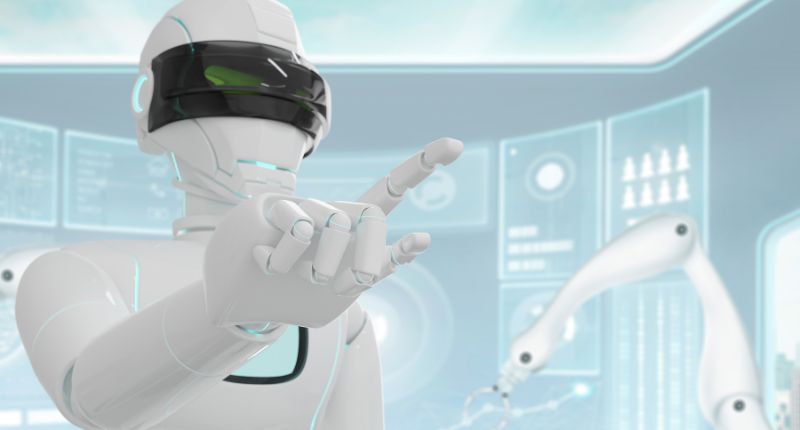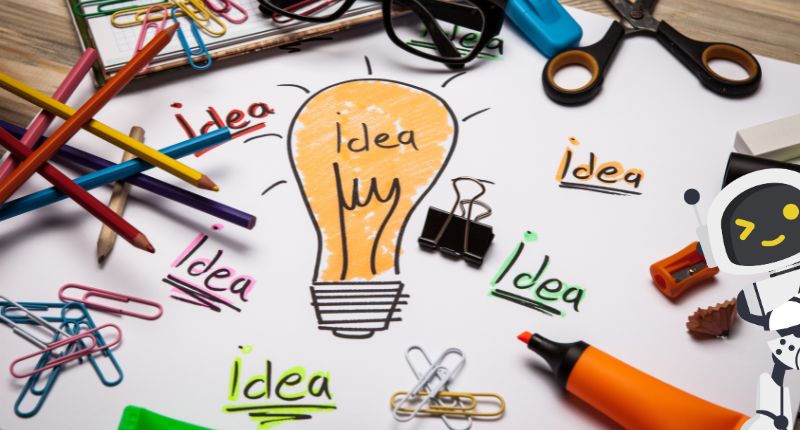Creativity has long been considered a uniquely human trait—an enigmatic spark that fuels art, music, literature, and innovation. But as artificial intelligence (AI) evolves, it’s challenging this notion. Algorithms now compose symphonies, paint original artworks, and write poetry that stirs emotions. This raises a provocative question: Can machines truly be creative, or are they merely mimicking human ingenuity?
In this deep dive, we’ll explore the boundaries of creativity, dissect how AI generates “original” work, and examine whether machines can ever rival the depth and authenticity of human imagination.
Defining Creativity: What Makes Something “Creative”?
Before pitting AI against humans, let’s define creativity. Psychologists and philosophers have debated this for centuries, but most agree creativity involves two key elements:
- Originality: Producing something novel or unexpected.
- Value: The creation must resonate, solve a problem, or evoke meaning.
A child’s finger painting is original but may lack intent or value. Conversely, Shakespeare’s sonnets are celebrated because they marry uniqueness with profound emotional insight. Human creativity often draws from lived experiences, emotions, and cultural context—elements machines don’t “experience” in the same way.
But here’s the twist: AI doesn’t need consciousness to generate novelty. By analyzing vast datasets, it can remix patterns in ways humans might never consider. So, does that count as creativity?
How AI “Creates”: The Mechanics Behind the Magic
AI models like GPT-4, DALL-E, and Amper Music rely on machine learning (ML) to produce text, images, and music. Here’s a simplified breakdown:
- Training on Data: AI ingests millions of human-created works—books, paintings, songs—to learn patterns.
- Pattern Recognition: Algorithms identify relationships (e.g., how words form sentences, how colors blend in a sunset).
- Generation: Using probabilistic models, AI generates new outputs by predicting what comes next in a sequence.
For example, when DALL-E creates an image of “a giraffe wearing a spacesuit,” it’s not imagining the scene. It’s statistically merging concepts from its training data. This raises a critical point: AI lacks intent, curiosity, or emotional drive. It doesn’t “want” to create; it executes commands.
AI’s Creative Portfolio: Breakthroughs and Limitations
1. Visual Arts: From Algorithms to Gallery Walls
In 2018, an AI-generated portrait titled Edmond de Belamy sold at Christie’s for $432,500. The piece, created by the Paris-based collective Obvious, used a Generative Adversarial Network (GAN) to mimic historical portraits. Critics argued the artwork was derivative, but its sale marked a cultural milestone.
Pros:
- AI can produce thousands of iterations in minutes, aiding designers and artists.
- Tools like MidJourney democratize art creation for non-artists.
Cons:
- Outputs often lack conceptual depth or intentionality.
- The “artist” credit becomes murky—is it the AI, the programmer, or the user?
2. Music: Composers in Code
Startups like AIVA and OpenAI’s MuseNet compose classical symphonies, pop ballads, and film scores. In 2021, Taryn Southern released I AM AI, an album entirely co-written with AI.
Pros:
- AI assists musicians in overcoming writer’s block by suggesting chord progressions.
- It can emulate styles of iconic artists, like Beethoven or Beyoncé.
Cons:
- AI-generated music often feels formulaic, missing the “soul” of human composition.
- Emotional storytelling requires lived experience—something algorithms can’t replicate.
3. Writing: Bots Becoming Authors
GPT-4 can draft essays, poetry, and even screenplays. The Guardian published an AI-written op-ed in 2020, titled A robot wrote this entire article. Are you scared yet, human?
Pros:
- AI automates content creation for marketing, journalism, and more.
- It helps non-native speakers refine their writing.
Cons:
- Text can be grammatically flawless but lack nuance or cultural sensitivity.
- Plagiarism risks arise when AI regurgitates training data.
The Case for Machine Creativity: Novelty Without Consciousness
Proponents argue creativity isn’t exclusive to humans. After all, evolution itself is an unconscious process that generates “creative” solutions through trial and error. If creativity is about outcomes rather than intent, AI’s work deserves recognition.
Examples of AI Innovation:
- Drug Discovery: AI-designed molecules for new medications.
- Game Strategy: AlphaGo’s unprecedented moves in the board game Go.
These breakthroughs suggest machines can innovate in ways humans haven’t imagined. Yet, critics counter that AI’s “creativity” is confined to its training data. It can’t rebel against norms or invent entirely new paradigms without human input.
The Human Edge: Why Emotion and Experience Matter
Human creativity is deeply tied to our subjective experiences. A novelist channels heartbreak into a tragic character. A painter captures societal unrest through symbolism. These works resonate because they’re rooted in meaning—something AI can’t access.
Unique Human Traits:
- Empathy: Creating art that connects with shared struggles.
- Intentionality: Choosing themes to provoke thought or challenge norms.
- Cultural Context: Embedding societal values into work.
Consider Maya Angelou’s poetry or Banksy’s politically charged murals. Their impact stems from human context, something AI can’t authentically replicate.
Ethical Quandaries: Ownership, Bias, and Job Displacement
As AI enters creative fields, ethical issues emerge:
- Ownership: Who owns AI-generated content—the developer, user, or AI itself?
- Bias: AI may perpetuate stereotypes from flawed training data (e.g., gender bias in hiring algorithms).
- Jobs: Will AI replace graphic designers, writers, and musicians?
While AI can augment human creativity, unchecked automation risks devaluing artistic professions.
The Future: Collaboration Over Competition
The most promising path isn’t AI vs. humans but AI with humans. Tools like Adobe Firefly and ChatGPT are already acting as creative partners:
- Writers use AI to brainstorm ideas.
- Artists refine sketches using generative fill.
- Musicians experiment with AI-generated melodies.
This synergy allows humans to focus on high-concept thinking while outsourcing repetitive tasks.
Conclusion: Creativity Redefined
So, can machines be creative? In a narrow sense—yes. AI can produce novel, valuable work. But it lacks the consciousness, emotional depth, and intentionality that define human creativity.
Instead of fearing AI as a rival, we should embrace it as a tool that expands our creative potential. After all, the essence of creativity isn’t just about making something new—it’s about making something that matters. And that requires a human touch.


